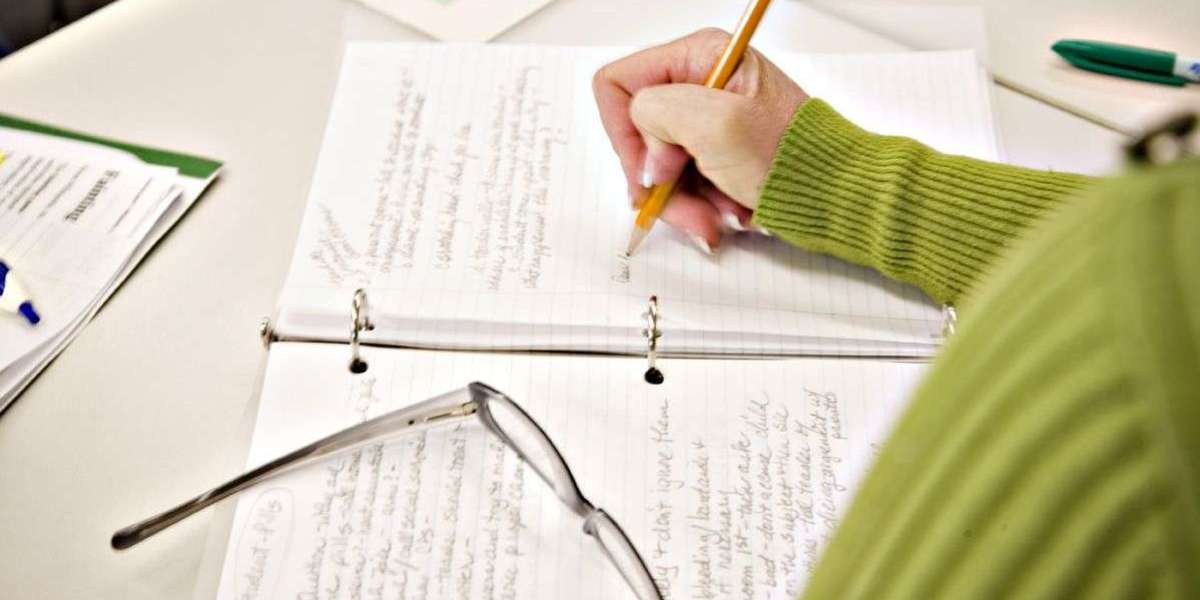You’ve got a killer JPG—maybe it’s a logo for your small business, a quirky doodle, or a cherished family photo. Now, imagine stitching that design onto a hat, tote bag, or jacket with robotic precision. That’s the magic of embroidery machines, but here’s the catch: they don’t speak JPG. They crave EXP files, the secret language that tells them exactly where to place each stitch. JPG to EXP file conversion might sound technical, but with a few smart strategies, you can turn any image into stitch-ready art. Let’s dive into how to nail this process without losing your mind (or your design’s soul).
Why EXP Files Matter
First off, what even is an EXP file? Think of it as a GPS for your embroidery machine. While JPGs store pixels and colors, EXP files contain instructions—stitch types, thread paths, color changes, and sequencing. Without this blueprint, your machine is just a fancy paperweight. Converting JPG to EXP bridges the gap between digital art and physical embroidery, ensuring your design stitches out crisply and efficiently.
But here’s the rub: Not all JPGs are created equal. A blurry, low-res image of your cat might look cute on Instagram, but turn it into an EXP file, and you’ll end up with a thread-covered blob. The key is starting with a solid image and knowing how to tweak it for embroidery success.
Tools You’ll Need
Before you start, gather these essentials:
- Digitizing software: Options range from pro tools like Hatch Embroidery or Wilcom to free plugins like Ink/Stitch.
- An embroidery machine: Ensure it supports EXP files (common for Melco and some Brother models).
- A high-quality JPG: The clearer and simpler, the better.
Step 1: Prep Your JPG Like a Pro
Your JPG is the foundation, so don’t skip this step. Open it in photo-editing software (even free tools like Canva or GIMP work) and:
- Crop out clutter: Focus on the core design. That scenic background? Save it for your screensaver.
- Boost contrast: Make edges pop so the software can trace them cleanly.
- Simplify colors: Reduce the palette to 3–5 solid hues. Gradients and shadows might look artsy, but they’ll muddle your stitches.
Pro Tip: Convert your JPG to a vector file (SVG) using a tool like Adobe Illustrator or free alternatives like Vectr. Vector images scale without losing quality, making them easier to digitize.
Step 2: Choose Your Software Wisely
If you’re a newbie, start with user-friendly options. Hatch Embroidery offers a forgiving auto-digitizing feature, while Ink/Stitch (a free Inkscape plugin) is perfect for DIYers on a budget. Open your prepped image in the software and let the magic begin.
Auto-digitizing tools can handle simple shapes and text, but don’t expect miracles. Intricate designs—like portraits or detailed landscapes—will need manual tweaking. Use the auto-trace feature as a starting point, then refine stitch types and paths.
Step 3: Assign Stitches Like a Conductor
This is where the art meets the algorithm. Every part of your design needs a stitch type:
- Fill stitches: Ideal for large, solid areas (like a bold logo).
- Satin stitches: Perfect for sleek borders or text.
- Running stitches: Use sparingly for fine details or outlines.
Adjust stitch density based on your fabric. Thick materials like denim can handle dense stitches, but lightweight fabrics like chiffon need a lighter touch. Don’t forget underlay stitches—they stabilize the fabric and prevent puckering.
Step 4: Simulate, Test, Repeat
Never skip the test drive. Use your software’s preview mode to spot issues like overlapping stitches or awkward color transitions. Then, stitch a test run on scrap fabric. Yes, it’s tempting to jump straight to the final product, but this step saves thread, time, and tears.
Common Test Run Disasters (and Fixes):
- Thread breaks: Lower the stitch density or switch to a heavier needle.
- Design misalignment: Check your hooping technique or adjust pull compensation in the software.
- Colors bleeding: Map thread colors manually instead of relying on auto settings.
Step 5: Export and Stitch
Once your test looks sharp, export the design as an EXP file. Save it to a USB drive, pop it into your machine, and let the stitching begin. But keep an eye on the first few minutes—catching errors early can save your project.
When to Call in the Pros
Love the DIY life but staring at a design that’s just too complex? Professional digitizers are worth their weight in thread for:
- Photorealistic designs: Converting a family photo into stitches requires nuanced shading and layering.
- Tricky fabrics: Stretchy knits or delicate silks need expert tweaking.
- Bulk orders: If you’re producing 500 branded polos, a pro ensures consistency across every piece.
Sites like Etsy or Fiverr connect you with digitizers who can turn your JPG into a flawless EXP file for 10–10–50.
The Future: AI to the Rescue?
Tools like StitchBuddy and Embrilliance Express are rolling out AI features that auto-convert JPGs to EXP files. They’re not perfect yet—think of them as enthusiastic interns who need supervision. But for simple designs, they’re getting scarily good.
Final Thoughts
Converting JPG to EXP isn’t just a technical skill—it’s a creative superpower. Whether you’re personalizing gifts, launching a merch line, or just geeking out over thread paths, mastering this process lets you stitch anything you imagine. Start with simple designs, embrace the trial-and-error phase, and soon you’ll be turning pixels into stitches like a pro.
So, dust off that JPG, fire up your software, and get ready to transform your ideas into embroidered reality. The only limit? Your imagination (and maybe your thread supply). Happy stitching!






